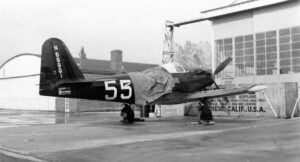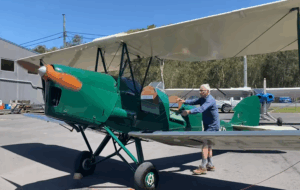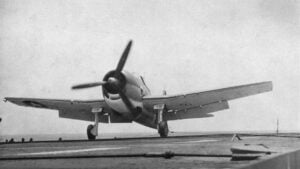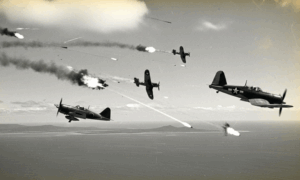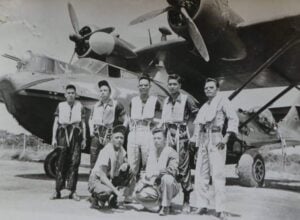The U.S. Navy’s Next Stealth Fighter: Boeing and Northrop Face Off for the F/A-XX
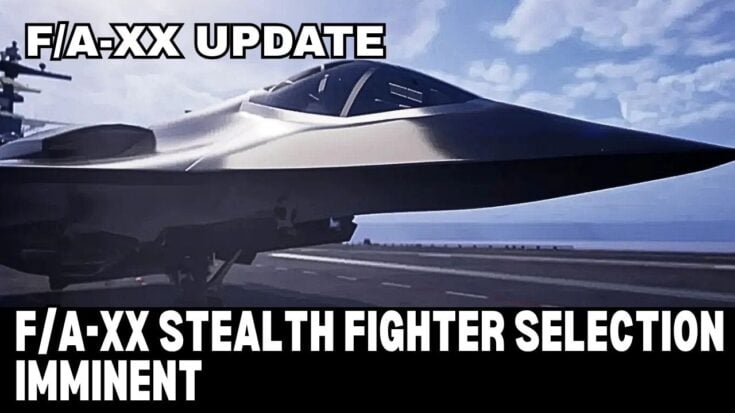
YouTube / Combat Wire
The Pentagon has finally greenlit the U.S. Navy’s next-generation carrier-based stealth fighter — the F/A-XX. The new jet will replace the long-serving F/A-18E/F Super Hornet, ensuring America’s carrier air wings remain dominant well into the 21st century.
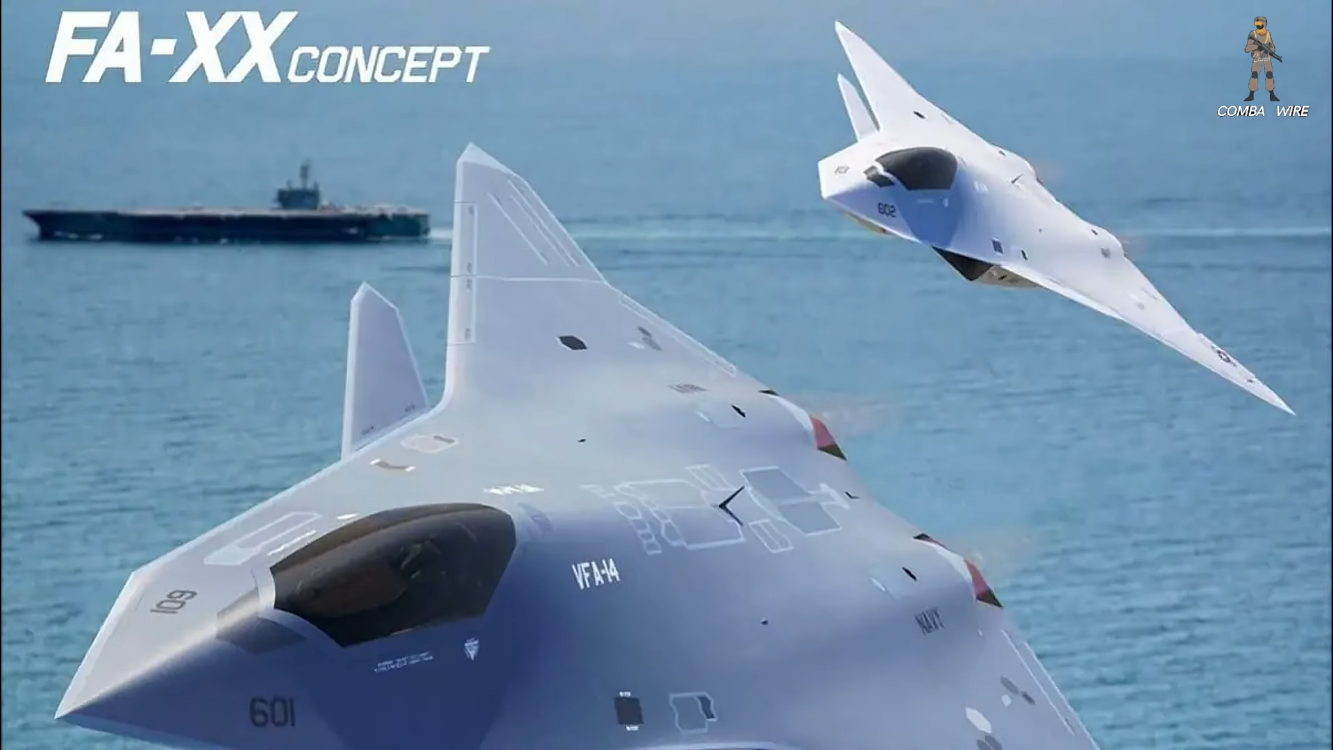
A Critical Decision for Naval Air Power
Defense Secretary Pete Hegseth recently signed off on advancing the program, with an official decision between Boeing and Northrop Grumman expected any day. The stakes are enormous: this aircraft will define the Navy’s future in the Pacific, where China’s growing fleet and next-generation fighters are rapidly shifting the balance of air power.
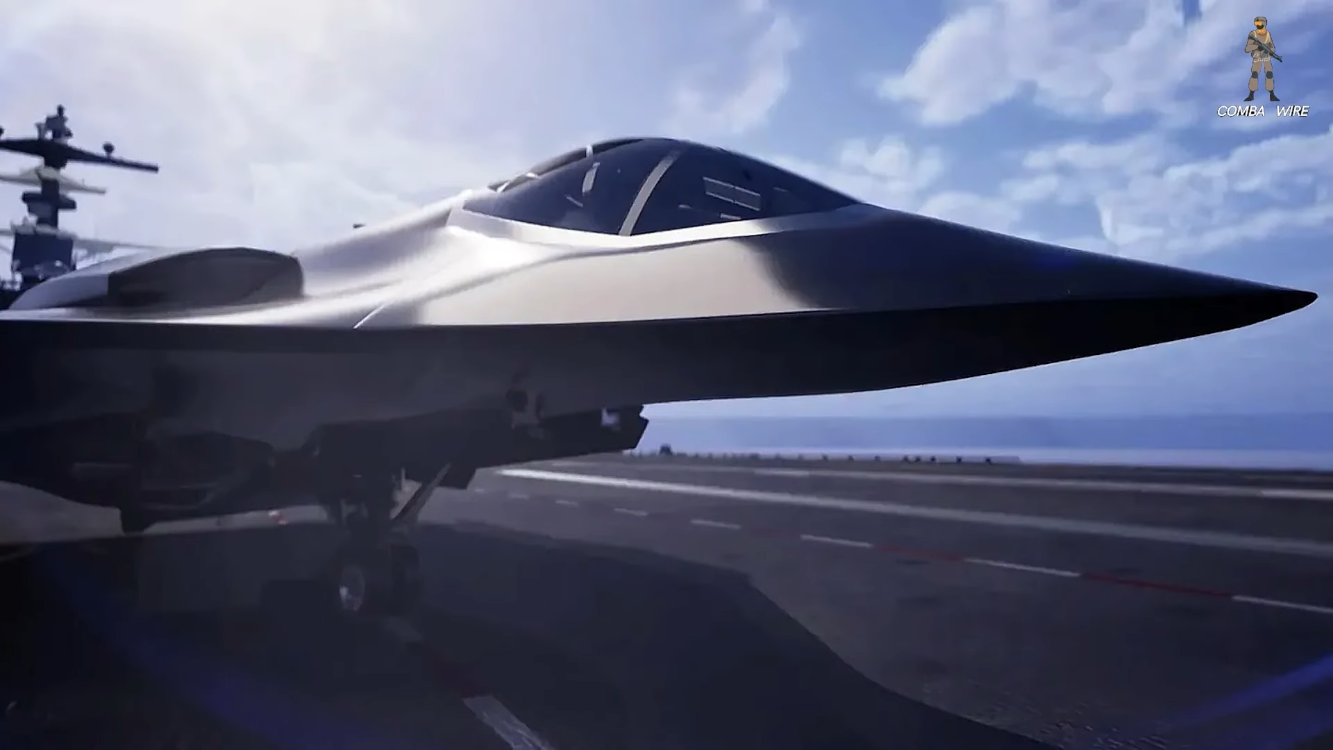
The F/A-XX will be the Navy’s first all-new fighter design in over 30 years. It’s expected to feature advanced stealth shaping, extended range, adaptive engines, and the ability to coordinate with drones and sensors across the battlefield — a hallmark of the broader Next Generation Air Dominance (NGAD) program.
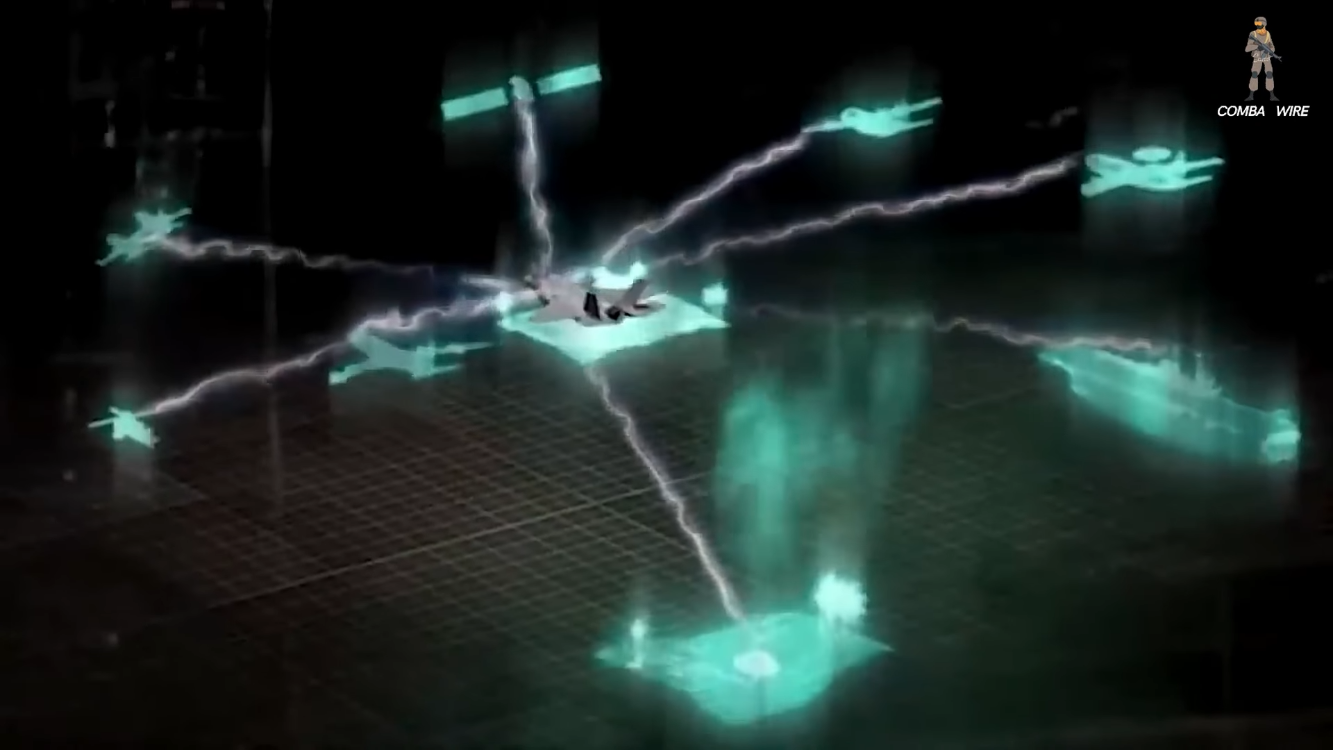
Boeing vs. Northrop
The competition has narrowed to two industry giants. Boeing, which already produces the Super Hornet and EA-18G Growler, offers the advantage of existing infrastructure and a proven naval fighter production base. Northrop Grumman, meanwhile, brings deep stealth expertise from its work on the B-2 Spirit and B-21 Raider, with its tailless concept hinting at cutting-edge low-observable design.

Boeing’s bid could help sustain its St. Louis fighter line, while Northrop’s proposal promises a bold technological leap focused on survivability and range. The decision may come down to how much risk the Navy is willing to accept for performance gains.
Political and Industrial Crosscurrents
The road to this point has been anything but smooth. Funding disputes delayed the program for months, as officials debated priorities and questioned whether both competitors could meet schedule demands. Congress ultimately injected over $2 billion in funding to accelerate the jet’s development through 2026.
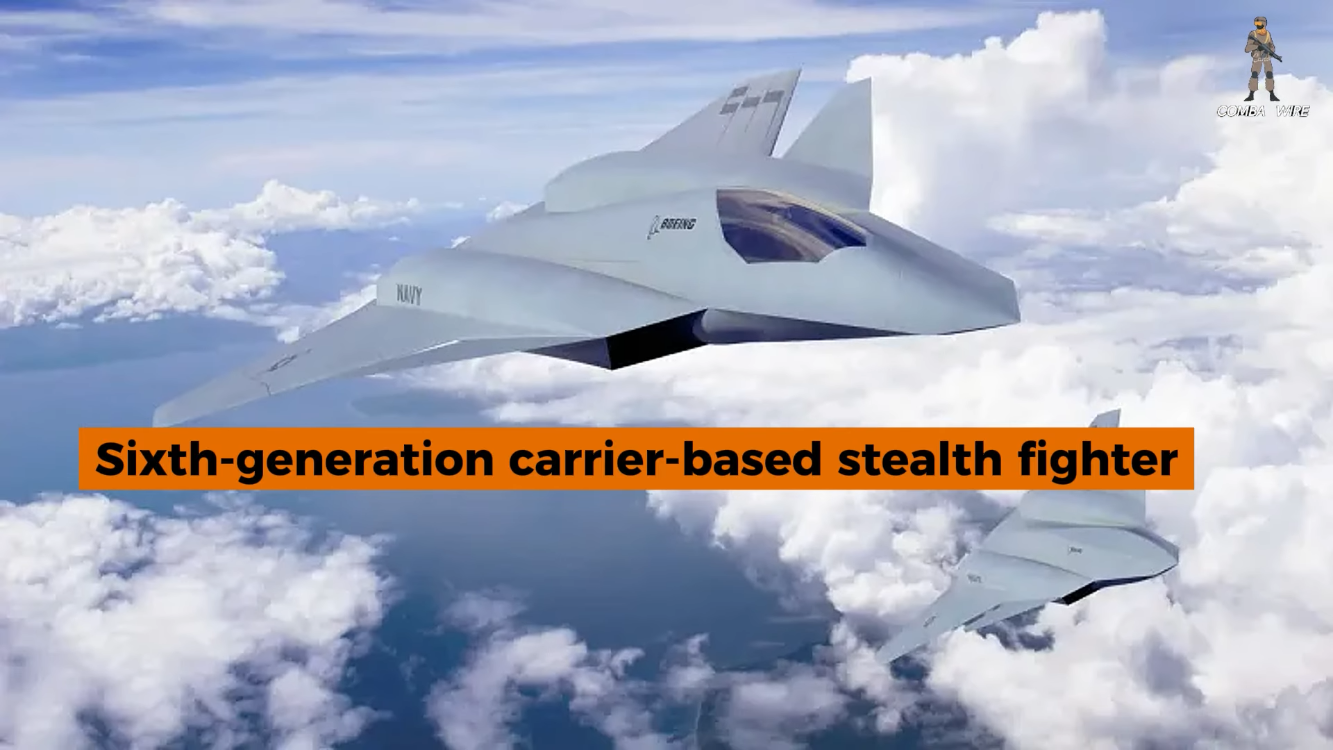
Analysts see the F/A-XX as vital to maintaining parity with China’s own sixth-generation ambitions. The first production aircraft are expected to enter service in the 2030s — just as the Navy’s current fleet begins to age out.
Whichever company wins, the F/A-XX will mark a defining moment in U.S. naval aviation, shaping carrier warfare for decades to come.















